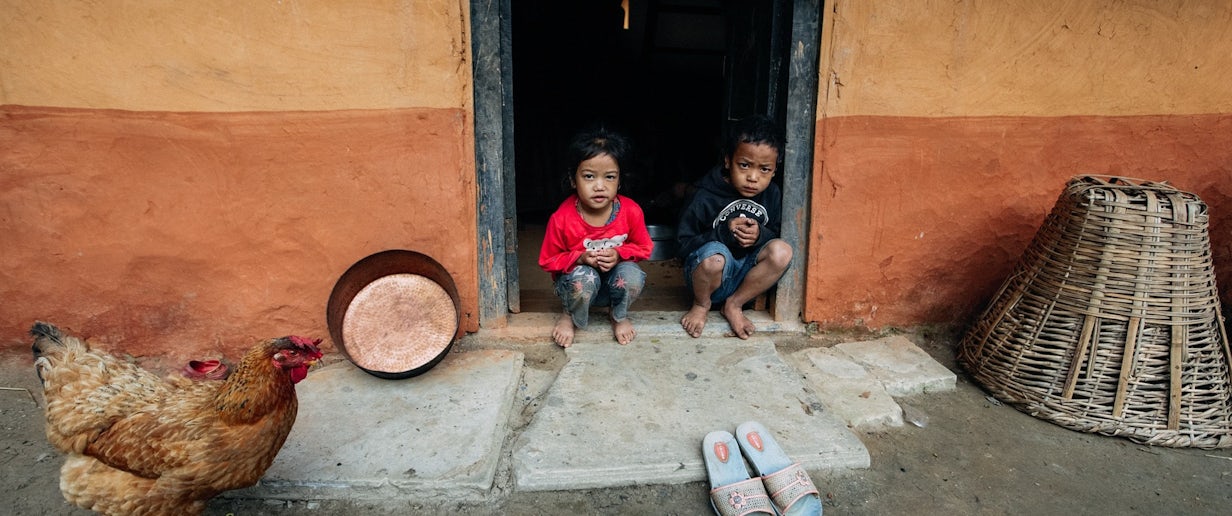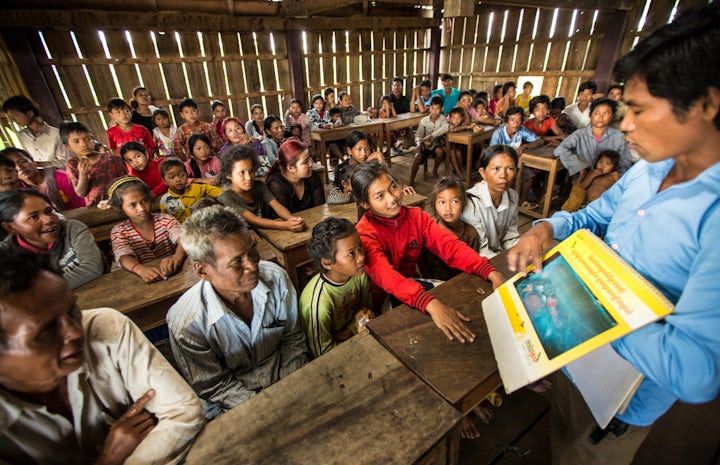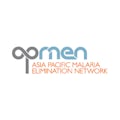Poor nutrition and its intersection with malaria
Malaria and Nutrition
Malaria and Nutrition

Integrating approaches to address the co-morbidities of undernutrition, anaemia, malaria and other infectious diseases could have positive benefits to maternal and child health.
On This Page
In Asia Pacific, estimated 381 million people are still undernourished, meaning their energy and nutrient intake is below individual’s needs to maintain good health. Undernourished children have weakened immunity and are at greater risk for infection, including from malaria. Malaria, together with other preventable infectious diseases, such as pneumonia and diarrhoea, account for one-third of all under-five deaths globally.
Nutrition-related factors, such as lack of calories and deficiencies in vitamins and other micronutrients, are responsible for a substantial proportion of malaria morbidity and mortality. Undernutrition is an important risk factor for the progression to severe malaria, especially in children. Similarly, malaria increases the risk of poor maternal and new-born outcomes, including maternal anaemia, maternal death, spontaneous abortion, stillbirth, prematurity, low birth weight, and new-born and infant death. Malaria accounts for an estimated 3–15% of anaemia and 25% of severe anaemia in pregnant women in malaria endemic countries globally. A cross-sectional study in Lao PDR also found a significant association between stunted children and asymptomatic malaria infection. A recent study in India also found high numbers of undernourished children in the 0.5–5-year age group infected with severe malaria and P. vivax severe malaria cases were found in higher proportions among malnourished children in the 5–18-year age group.
Populations affected by malaria, anaemia and undernutrition overlap.
For this reason, an integrated response that supports universal health coverage for all is recommended to achieve the Sustainable Development Goals of ending all forms of malnutrition and malaria by 2030.
Key Principles of Malaria and Nutrition
Nutrition and malaria services as core components of primary healthcare services
Integration of nutrition-promoting activities with malaria services should be considered for effective case management, especially in the at-risk groups. Malaria workers can play a vital role in the delivery of malaria and nutrition services.
In the Sagaing region of Myanmar, malaria volunteers were able to conduct growth monitoring and promotion for under-5 children and facilitate community referrals for malnutrition cases who needed care as part of the project to expand rural access to community-led services and address malaria and other common childhood illnesses.

Nutrition and immunity
Infections and nutrition are closely related due to their combined effects of metabolism on immunity. Malaria and undernutrition coexist in a vicious circle; key deficiencies can increase the risks of developing severe malaria and lead to increased morbidity and mortality from infectious diseases. Infection with malaria can push children and pregnant women into an undernourished state.
Nutrition, socio-economic status, and health
Socio-economic conditions and limited health system capacities also impact risks of both infection rates and poor nutrition outcomes. Low- and middle-income countries, where resources to support health systems and access to health are often limited, bear most of the burden of malaria, undernutrition and anaemia.
With the aim of achieving universal health coverage in Lao PDR by 2025, a co-financing investment between the Global Fund, the World Bank and the Government of Lao PDR is dedicated to improving the quality and coverage of health and nutrition services by providing funds to health centres and departments using results-based instruments. The Health and Nutrition Services Access Project will help to tackle childhood stunting by increased access to and use of nutrition interventions. This will reduce co-morbidities among children of infectious diseases including malaria, tuberculosis and HIV-AIDS.

Policy Recommendations on Malaria and Nutrition
1. Integrate nutrition and anaemia interventions with malaria programs to advance universal health coverage.
This means strengthening coverage of antenatal care to deliver proven malaria prevention and treatment strategies.
- Integrate community case management for malaria, pneumonia and diarrhoea and severe acute undernutrition to bridge gaps in clinical care in hard-to-reach communities.
- Integrate surveillance to facilitate reporting, analysis, and use of data for decision making.
- Integrate financial and human resources to implement and deliver on services for malaria and maternal and child health.
2. Improve behaviour change communication and community dialogues that cohesively address more than one health issue and their interaction with each other.
In this case malaria and nutritional health, doing so can have exponentially beneficial effects for both child and maternal health.
3. Promote additional research to understand the immediate interaction of malaria, anaemia, and nutrition in different malaria endemic settings to better target integrated interventions.






